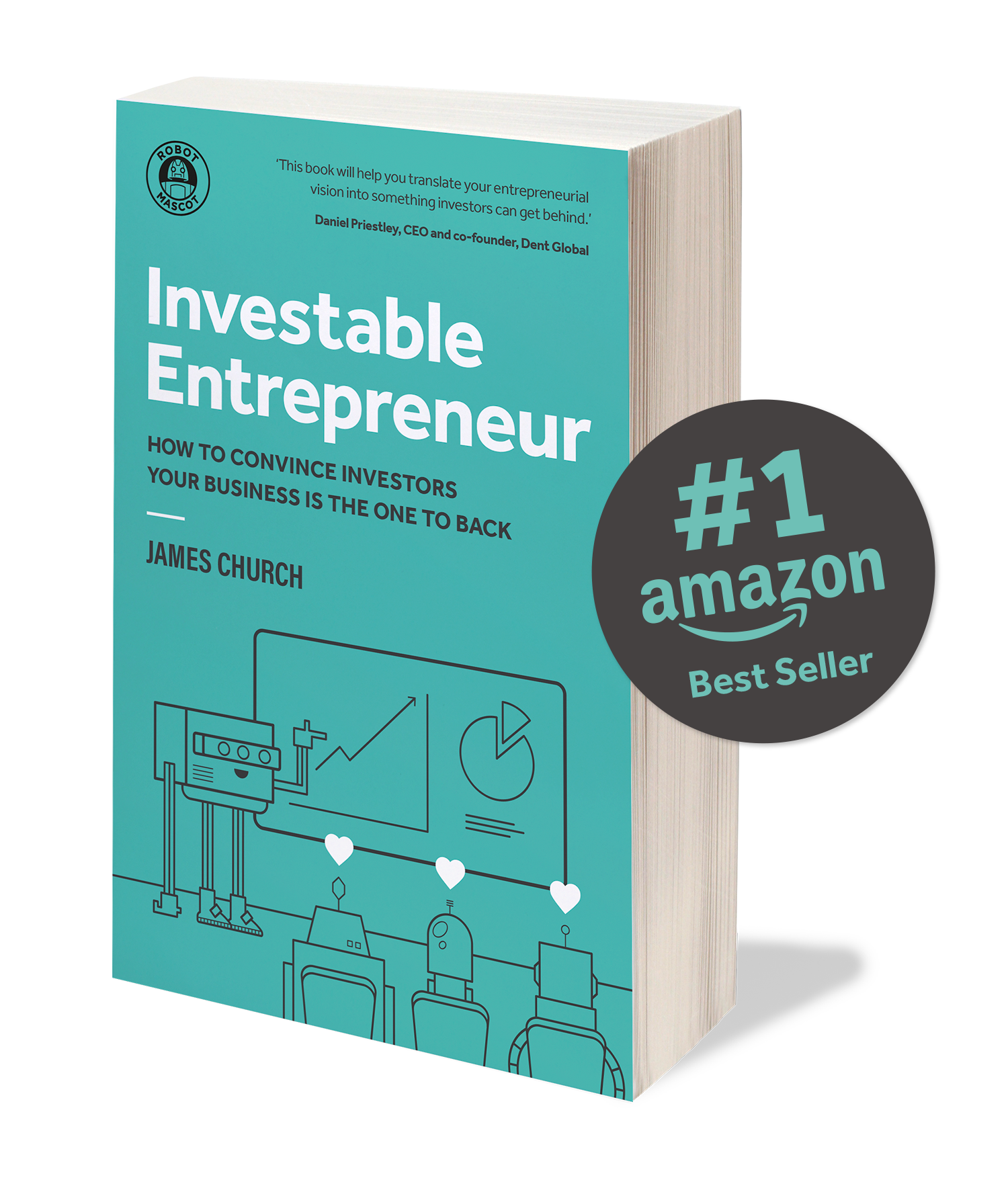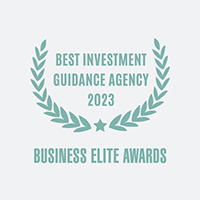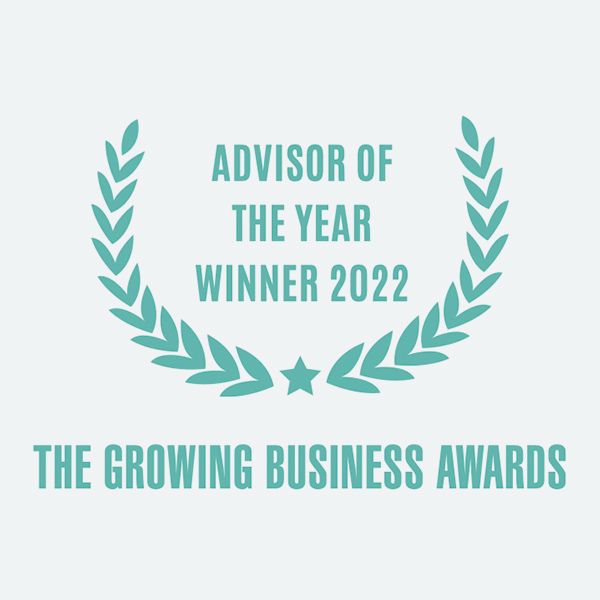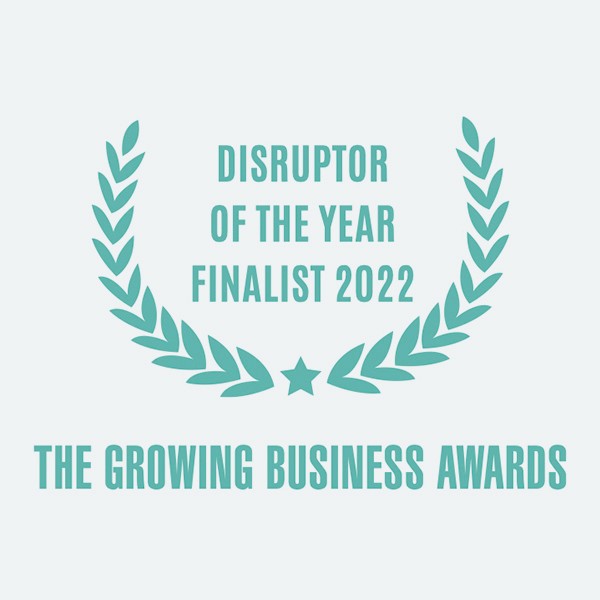

How to Prepare Financial Projections for Potential Investors
2nd March 2021
Creating your financial projections is a necessary but daunting task. These figures are a critical piece of collateral to help you persuade investors to back your business idea. Problems arise when entrepreneurs submit forecasting that’s wildly over-optimistic, lacks evidence or deviates from what’s in their business plan. So, how do you prepare financial projections that stand up to investor scrutiny? Let us show you.
Step 1: Identify what to include in your financial projections
When you prepare financial projections, you are working with assumptions, not facts. Many entrepreneurs get too creative with their figures and present forecasting that isn’t realistic or believable. Your projections can’t be factual at this stage, but they can be evidence-based.
You should have composed your business plan at this stage. The detail here is crucial, which is why it must be well-researched because it shows the investor that you’ve gone forensically through the assumptions on which your financials are based. Every statement you make should have a clear and concise argument to back it up.
A word of caution. Regularly check your business plan against your financial projections and make sure they match. Investors will be less than impressed if there’s a discrepancy and it’ll ruin your pitch.
Step 2: Get ready to map out a five-year forecast
We advise entrepreneurs working with Robot Mascot to create a five-year financial forecast. Our reasoning is that five years is the average time an investor takes to make a profitable exit. As we’ve said before, you ignore the issue of a startup exit plan at your peril (you’ll find the full argument in this blog). Investors want to see how you’ve mapped out your financial strategy for success, the evidence you have for these assumptions and when they can expect to exit profitably.
Your financial projections should include four assets – your profit and loss forecast, cashflow summary, balance sheet and key financial metrics. Let’s look at each one of them in turn.
Step 3: Do your Profit and Loss Forecast
With five years to detail, you should begin with your Profit and Loss Forecast. These figures will show investors how you expect to make money, and the predicted expenditure you’ll incur. Split this into three areas.
1. Revenue
With your price point decided and a marketing strategy in place, you can forecast how you intend to bring in revenue. You should have evidence of why there’s room in the market for your idea, market research from customers about demand and price, plus a strategy for growing sales month to month. Demonstrate if there are diverse revenue streams and any other factors that could positively impact sales.
2. Cost of Sales
Every sale has a cost – whether that’s in production or delivery. You need to detail exactly how much it costs to make each sale, including labour costs too. Like the revenue, these costs will change according to the number of sales. For example, it may cost far less to produce a high volume of a product due to bulk buying of parts etc.
3. Operational Costs
These costs include everything not directly related to production. Each month you’ll incur costs for admin, sales, marketing, legal fees, rent, overheads, management salaries and many other things. Be as comprehensive as you can in detailing these costs; don’t miss any that might ring alarm bells for investors. From recruitment to training, software to hardware, you need to include it all.
Step 4: Compile your Cashflow Summary
Businesses can’t survive or thrive without a robust cashflow. It’s vital to document when money will be flowing into your account, and how long you may have to wait to receive it. Payment terms are key here. If your product or service requires an upfront payment, that’s straightforward for cashflow. However, if you have payment terms that give customers a period of time to make payment after the sale is agreed, you need to factor that in.
Investors will want to see that you have forecasted the impact cashflow for both sales and expenses. They want to know that you are vigilant about managing cashflow and can meet each month’s expenditure. Staff must get wages each month, suppliers have to be paid, and the business production needs to move seamlessly. Without a good grasp of cashflow, those commitments can become unmanageable – which spells disaster for your business.
Step 5: Create your Balance Sheet
On your balance sheet, you will demonstrate precisely how much your business is worth at any one time. It’s your opportunity to show investors the value of their equity. Split this into three parts:
1. Current Assets – this is simple. It’s the money you have in the bank and anything you could convert into cash within a year. Think invoices that remain outstanding, the stock you can offload, etc. Remember, you will also have fixed assets such as machinery, property and equipment. These items are ‘fixed’ as you may be unable to convert them in the same time frame.
2. Current Liabilities – basically, the debts your business owes. You must include any loans, mortgages or taxes, as well as invoices you’ve already received from suppliers and contractors. Like assets, you have current and fixed liabilities. Again, use the measuring stick of a year to ascertain whether they are current (due within a year) or fixed (not due within a year).
3. Shareholders’ Equity – this is where you establish your business’ net worth by balancing the sums from the sections above. So, company assets – company liabilities = shareholder equity. From this point, you need to divide it into two sections – Contributed Capital (the amount received via the sale of shares) and Retained Earnings (profits that are to be reinvested back into the business). Make these clear and easy for investors to navigate.
The more you can show investors, the better with financial forecasting. That’s why we advise you to detail five years of projections, with a month-by-month balance sheet to demonstrate how you intend to grow. Investors will appreciate the detail and thought given to such a comprehensive set of projections
Step 6: Prepare Financial Projections by adding key metrics
Finally, there are ways to make your projections even more accessible to investors. There are key metrics that they will use to judge whether to invest. By providing them, you can give investors useful insights into your business’s current or projected performance.
These are the metrics to include:
Annual Recurring Revenue (ARR)
The total amount of income that is expected to repeat year on year. Unlike one-off sales, these revenues are more predictable.
Gross Profit
The profit a company makes after deducting the cost of sales from revenue.
Lifetime Value (LTV)
A prediction of revenue gained from the entire future relationship with a customer.
Customer Acquisition Cost (CAC)
The cost of converting one customer, including marketing and sales costs.
Customer Churn
The average monthly loss of customers, typically expressed in percentage terms.
Burn Rate
The average rate at which cash in the business is decreasing.
Margin
The amount the product or service sells for above the actual cost to produce.
It’s a wise idea to create a ‘financial summary’ in your projections, and make sure to include the most compelling details in your pitch. Not only will you save investors the time and trouble of working these metrics out for themselves, but you’ll also prove that you considered what they needed and pre-empted it. Those are the impressive details that set you apart from the competition and position you as an investable entrepreneur. Don’t miss out on capitalising on them.
Remember, if you want to know more about becoming an Investable Entrepreneur, get a free copy of Robot Mascot COO James Church’s book here.
Learn how to convince investors
Investable Entrepreneur takes you through our winning methodology – the process we use to increase our client’s chances of raising investment by more than 30x.
“This book will help you translate your entrepreneurial vision into something investors can get behind.”
Daniel Priestley, CEO and founder, Dent Global and four times best-selling business author

Keep up to date with what we’re up to via email






Copyright ©Robot Mascot Ltd. All rights reserved.





